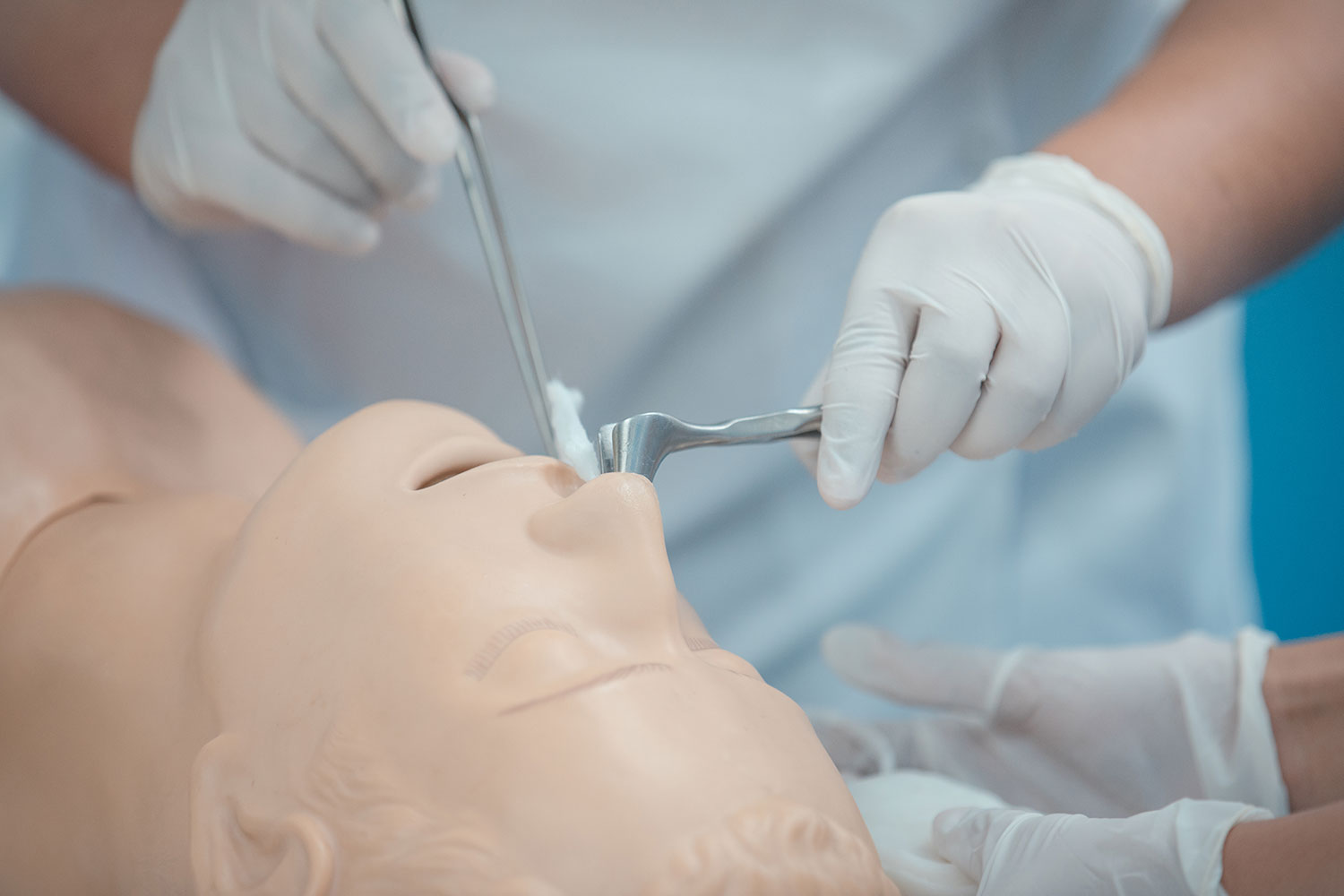


Cerebrospinal fluid (CSF) leak occurs when CSF escapes through a small tear or hole in the outermost layer of connective tissue (called the dura mater) that surrounds the brain and spinal cord and holds in the CSF. The tear or hole allows the CSF to leak out.
The loss of CSF causes the previously cushioned brain to sag inside the skull, which results in a headache. Loss of fluid also causes a lowering of pressure within the skull, a condition called intracranial hypotension.
CSF leaks can occur in the brain (cranial CSF leak) or at any point along the spinal column (spinal CSF leak).

Cerebrospinal fluid (CSF) leaks are a rare event. Researchers estimate that they occur in about 5 in every 100,000 people. However, they also believe that this is an underestimate and that the true number of people affected remains unknown. They are mostly found in people in their 30s and 40s. CSF leaks are commonly misdiagnosed as migraines, other headache disorders or sinusitis.
Anyone can get a cerebrospinal fluid (CSF) leak. However, they tend to occur more often in:
Meningitis is the most significant risk associated with cranial CSF leaks. There is no increased risk of meningitis with a spinal CSF leak.
Many cases of cerebrospinal fluid (CSF) leak have no known causes. This is called a spontaneous CSF leak. The following are other possible common causes:
Symptoms of a cerebrospinal fluid (CSF) leak can include:
In addition to these symptoms, other symptoms unique to cranial CSF leaks include:
Your doctor will perform a history and physical exam. Often, the doctor will examine your nose with an endoscope. Your doctor may also ask you to lean forward for several minutes to see if drainage comes out your nose. If the drainage can be collected, it is often sent for laboratory testing to confirm that it is cerebrospinal fluid. Your ears will also be examined. One or more of the following other tests may be ordered to determine the location of the leak as well as changes in structures and features in the brain or spinal cord area:
Treatment for a CSF leak depends on its severity and the cause. Some leaks respond to conservative treatment, while others require more invasive approaches.
Conservative treatments mainly focus on managing symptoms. These treatments may include:
A CSF leak that does not respond to conservative treatment may require more invasive approaches, such as those below.
An epidural blood patch
An epidural blood patch is a surgical procedure that involves using a person’s own blood to patch tears in the dura mater.
During the procedure, the surgeon draws 5–25 milliliters of the person’s blood, then injects it into a space just outside of the tear in the dura mater.
Epidural blood patches have high success rates but may not cure all types of CSF leaks.
In one 2016 study, researchers compared the success rates of epidural blood patches in 133 people with CSF leaks.
The researchers divided the participants into two groups based on the type of CSF leak. In one group, medical procedures had been responsible for the leaks. In the other group, there was no identified cause.
In 90.9% of the CSF leaks resulting from medical procedures, a single blood patch successfully treated each leak. In the other group, however, only 44.1% of the participants experienced full recovery after each having received a single patch. The rest of the group required additional treatment.
Surgery
A doctor may recommend surgery if a person has:
Surgery involves suturing — or stitching— any tear to prevent further CSF leakage.
The specific approach depends on the location of the tear. For example, if a tear is in dura mater at the front of the head and causes the fluid to leak through the nose, the neurosurgeon may perform an endoscopic repair.
This is minimally invasive and involves inserting a thin, flexible tube called an endoscope through the nose, then passing tiny surgical tools through the tube to repair the tear.
If a tear causes CSF to drain from the ears, a neurosurgeon will need to perform open surgery. This involves making an incision in the scalp.
While an endoscopic approach presents less risk than traditional open surgery, the two methods have similar success rates.
A 2013 review compared the success rates of endoscopic and traditional surgical treatments of CSF leaks in the front of the skull. The review evaluated 71 studies, involving a total of 1,178 participants. The researchers found that each method successfully treated around 90% of CSF leaks.
A person should consider seeing a doctor if they experience any of the following symptoms of a CSF leak:
Also, anyone who experiences symptoms of a CSF leak following any of the following should seek medical attention:
Dear All
In view of the COVID 19 attack, we at Suman Clinic want to initiate online consults which will benefit our patient’s Consultants available for online consultation except for Sundays.
Steps to follow